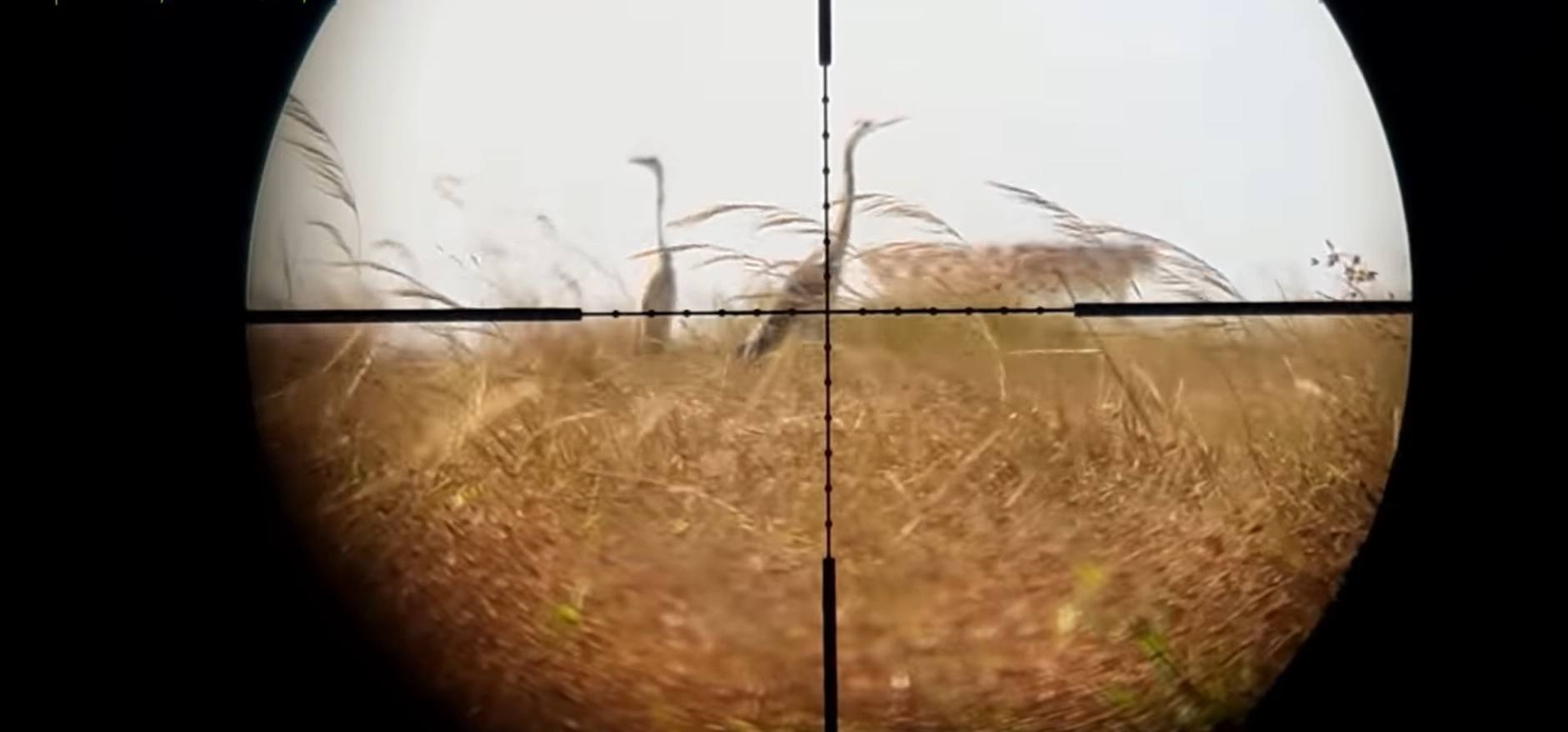How To Sight In A Night Vision Scope?
So you bought a new night vision scope and now you are probably wondering how to use it, or maybe you just want to gain some perspective.
Whichever may be the case you have come to the right place, in this following article we shall learn how to sight in a night vision scope.
But before we begin, let’s understand the basic difference between a Night vision Scope and a regular Day Scope.

Night Vision Scope vs Day Vision Scope
In a typical night vision scope, you will find numerous small buttons that need to be pressed to adjust the reticle. Still, the adjustment will be in MOA (Minute Of Angle) and MIL (Milli-radian).
The singular aspect which differentiates these two scopes is the presence and the absence of the turrets for adjustments.
While it’s a common thing for a day vision scope to have a turret for zeroing on a target, it’s a bit usual for a night vision scope to have one, especially if the scope is an industry-grade one.
Having said that, some night vision models do have a turret, thus making it easier for rookie hunters to bag a game, nevertheless, the occurrence of a turret in a night vision scope is infrequent.
Sighting during the day

There’s a law when it comes to night vision which is not to turn it on during the day time, cause if you do you will end up ruining your scope.
However, there are exceptions and these exceptions mean we can use these night vision scope even during daylight to zero in on our target.
If you are wondering just how this works in daylight, well some night vision scope has a cover on their lens which includes a pinhole, this pinhole only allows a small fragment of light to travel inside.
That’s how you can use the scope without damaging it.
Find some good targets
One way to do that is by seeking targets that have square-shaped markers, this helps in differentiating the degrees of each target. Proceed by applying reflective tape onto the target, now you can follow along with the squares.
The reason is most targets don’t show up well under night vision devices since you are working at night, you need to be a little bit creative.
How to choose the perfect night?

If you want to make this whole job easy, then it all depends on the night you choose to work on.
So always plan on full moon night, a bright night will make it easier to zeroing on the target as you can see properly, shooting in the dark is just futile.
Set-up
A hunter/shooter knows that your shooting position can either make or break your plans. Hence you should always strive to find the best and most stable position to set up your rifle with NV scope.
For that purpose, a bipod or heaps of sandbags will come in handy, as these items can help eliminate the human error aspect by stabilizing your gun.
After all, the more stable your shooting platform is, the better chances you have in achieving the zero.
In order to achieve that perfect zero, you need to use the same ammo that you use for hunting while zeroing.
The rest is pretty easy from this point onwards, if needed you can use a flashlight.
Once you have that stable and dependable position with your rifle, be calm, take your time, then fire the shot.
Conclusion
Just to make sure that you indeed have a solid zero, fire a couple of more rounds for further confirmation. Once you are completely confident about it then you can call it a wrap if need be.
I’ll admit that the technological intricacies of a night vision scope might seem overwhelming, but they aren’t that hard to use.
Sure it will take some time and patience to get that proper zero, but it is totally worth it in the end.
I mean the alternative of not having a proper zero is a complete waste of time, so you realize how important it is.
One more thing you can do to help this process is to observe your target when you are downrange, measure the distance between the bull’s eye and the three-round group.
Keep firing more shots until the scope is firmly zeroed in on the target/bull’s eye.
Must Read This Article: Tips and Tricks for Beginner Airgunners.
Follow These Hunting Law: Which Animals Can You Legally Hunt In USA? (For 2025).
Worried About Your Hunting Skills! Check Out: How To Improve Your Hunting Skills – 6 Techniques.
Should Read This Article For Every New Hunter: 7 Hunting Ethics That Every New Hunter Should Know.